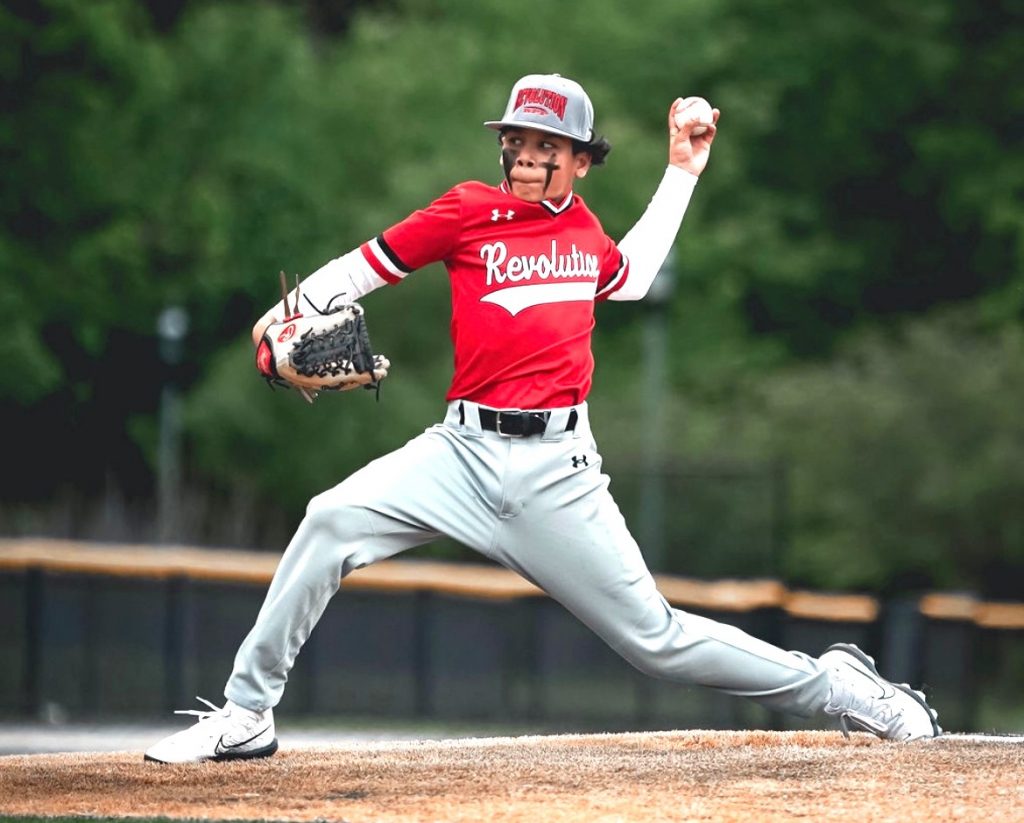
Helping young pitchers develop into the best versions of themselves requires an understanding of their physiological development and capabilities at any given age. Asking a 13-year old pitcher to post-up may be a complete waste of time, if he doesn’t have enough lead leg strength to create a good block. With our more developed and older athletes, we may review as many as 50-60 potential disconnects. But when it comes to the younger guys, you have to be aware of what they may or may not be capable of performing. Consequently, we generally begin with a reduced set before expanding what we look for in their youth pitching mechanics. We have listed them here on a priority basis.
Pelvic / Glute Engagement Timing – This is defined by proper weight distribution on the back leg and foot by “sitting back” or “hinging” at the hips. This is key for maintaining good upright posture into foot plant and avoiding an early “push” off the rubber. This move should happen as the athlete begins to move towards the target and NOT by bending the back knee while still balancing on the back leg.
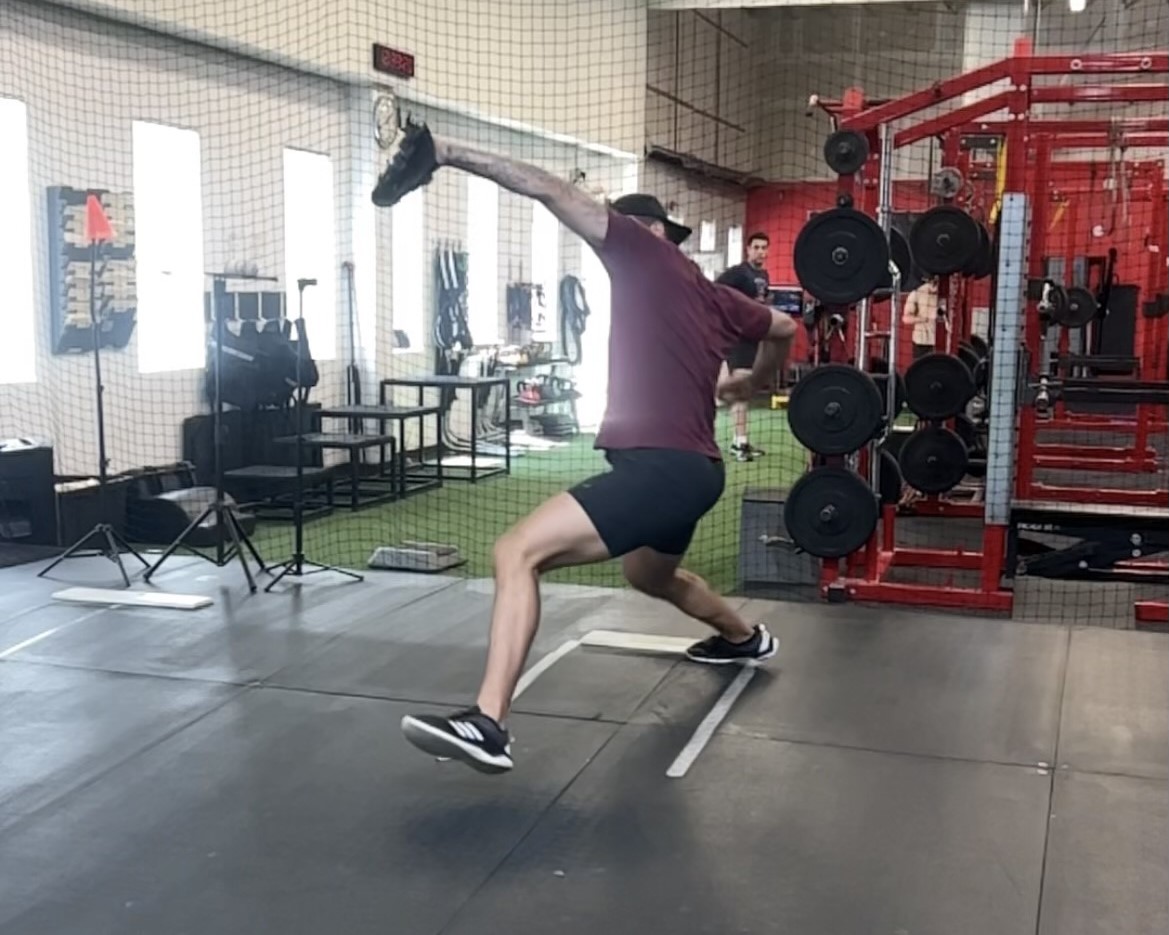
Long Arm Path – A long arm path usually stems from an overly aggressive takeaway phase and is easily viewed from the front. The hand and part of the arm will be visible during the stride. This can be viewed by the batter and help disclose pitch selection. It also can result in an inability to properly scap load and create low elbow flexion (aka. “forearm flyout”), causing unnecessary stress on the UCL and anterior shoulder.
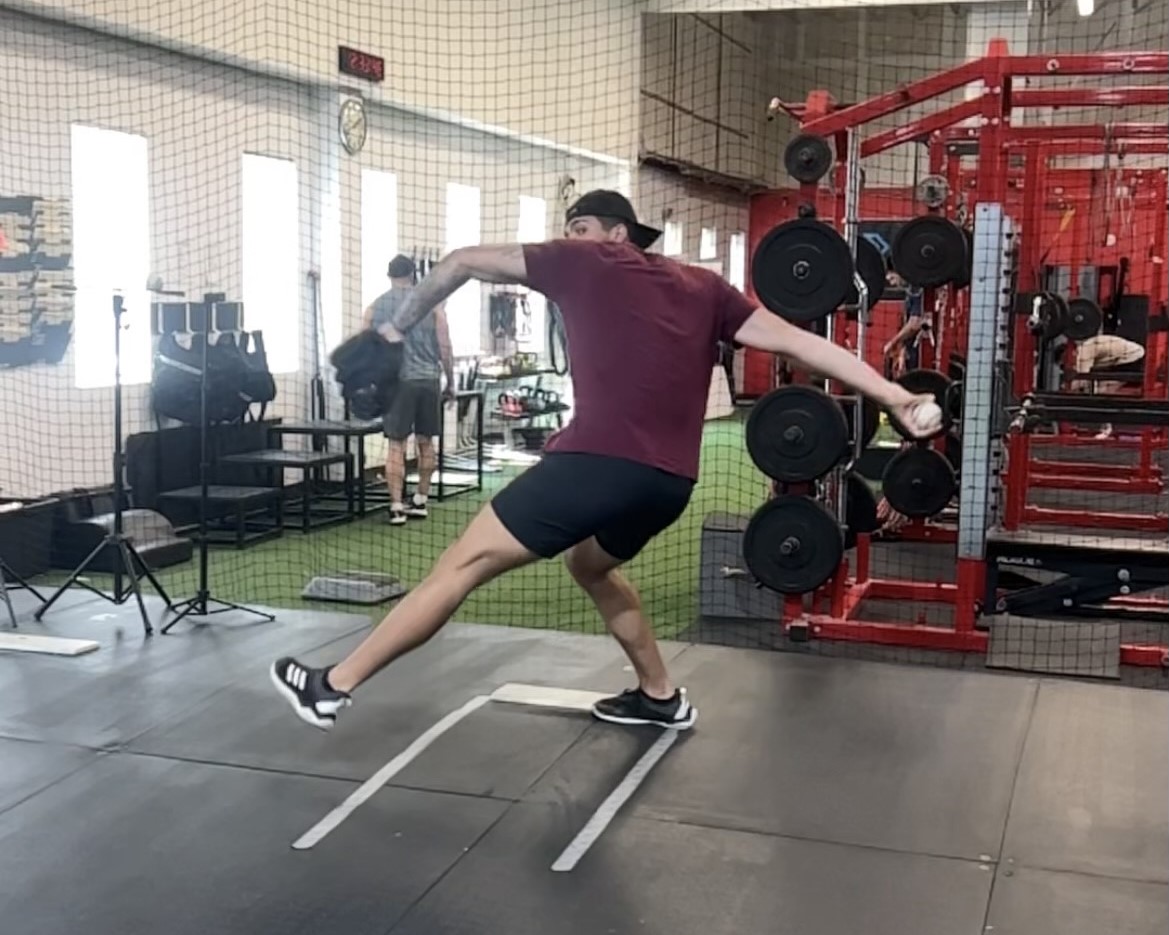
Glove Side Integrity – This can be viewed from the front and is generally caused by an early glove-side pull. This can cause early trunk rotation and losses in hip/shoulder separation. What we’re looking for is a slightly closed and pronated glove side at foot plant. This initiates torso rotation later as well as the later and more efficient transfer of energy from the torso to the arm.
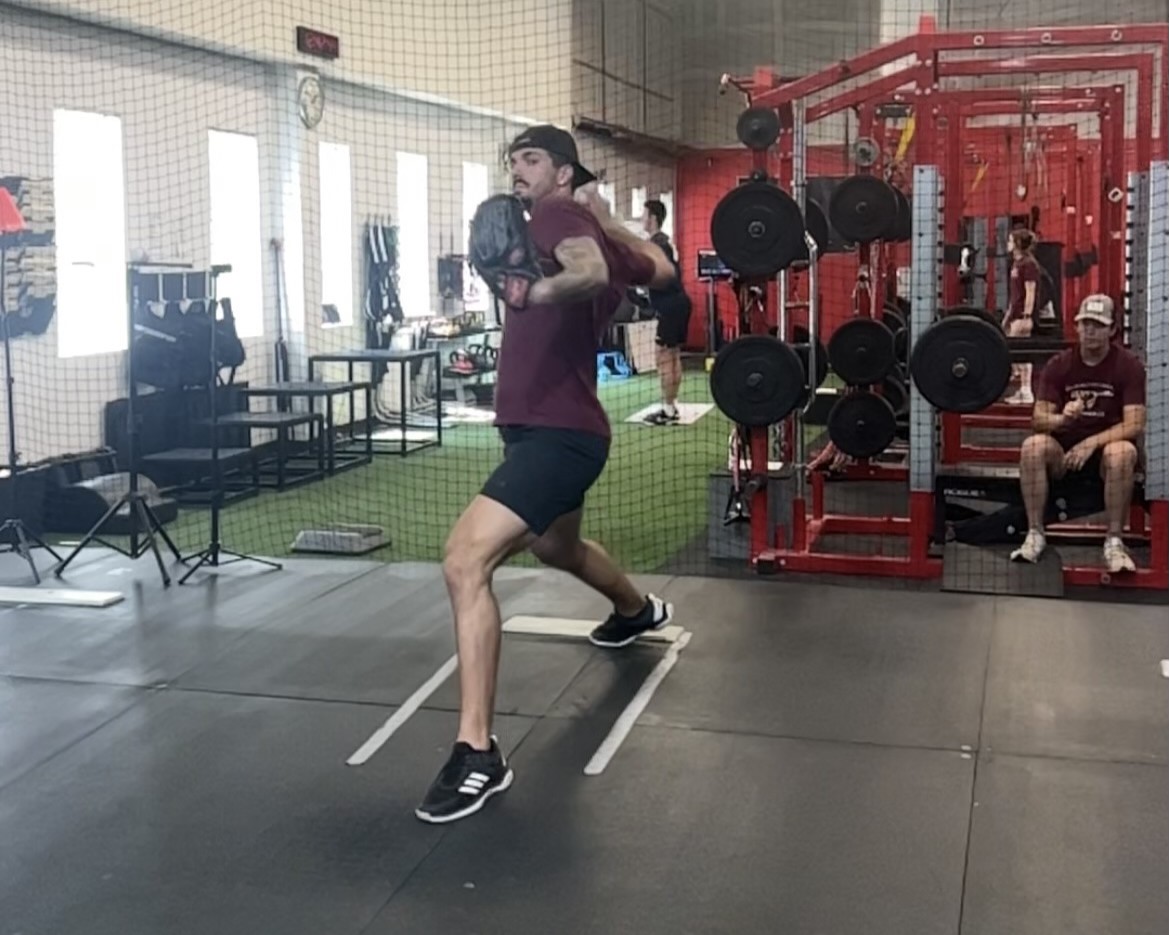
Elbow Flexion – At foot plant, we look for elbow flexion to be between 90-110 degrees. A high degree of elbow flexion (hand closer to the head), shortens the lever arm too much, making it harder for the the shoulder to efficiently lay back and causes the athlete to lead with the elbow and “push” the ball.
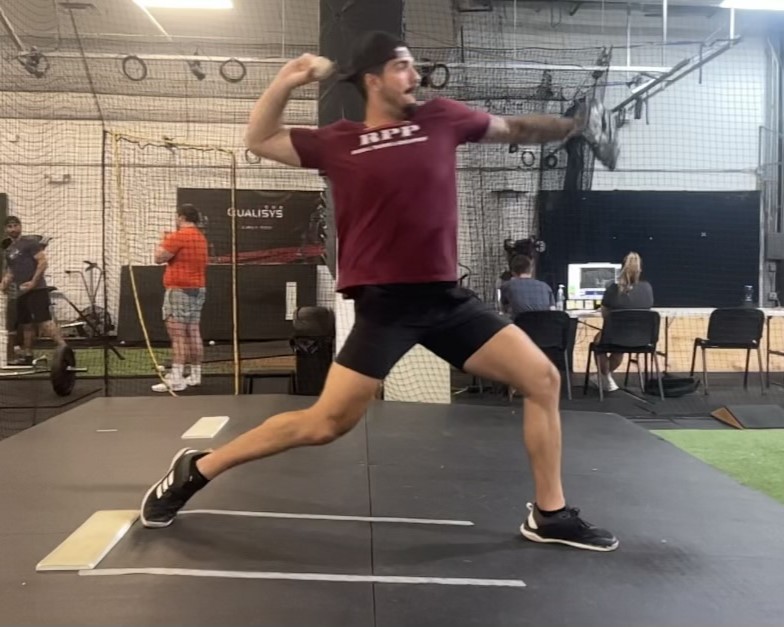
Shoulder Rotation / Late Riser – Low ER, otherwise known as a “late arm” also affects the athletes ability to efficiently “lay back”, forcing an “elbow first” throw (otherwise known as a “push”). Excessive or “high” degrees of ER can put the arm in a compromised position to accept force at foot plant and increase the risk of injury to the shoulder and/or UCL. To clean this up, we need to clean up any lower half or arm action issues prior to this point.
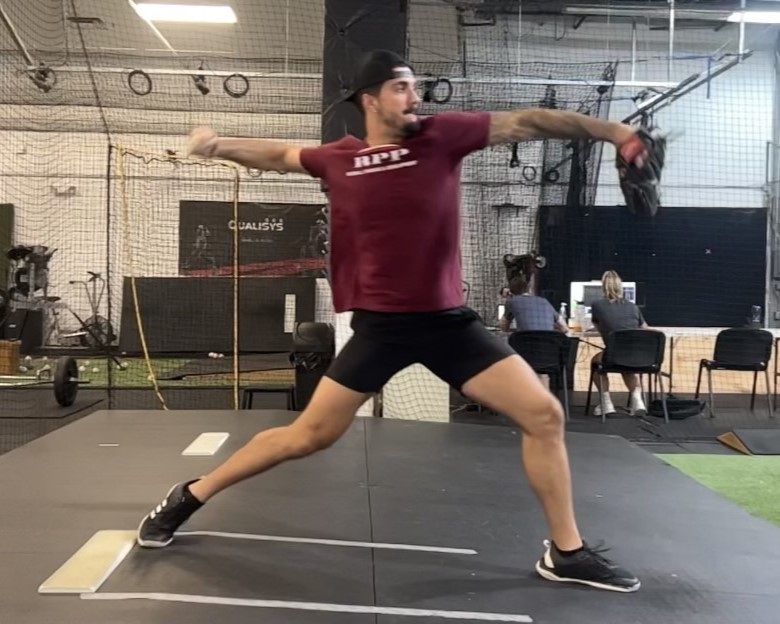
Helping young pitchers develop is a multi-faceted process of making sure they are equipped physically to perform any requested task. I can’t tell you how many times I have seen a pitching coach tell a young athlete to do something, knowing that he can’t physically perform the task by simply looking at him.
A great example is when I hear a coach instructing a 13-year-old to get into his lower half. Not only he probably can’t do that yet because his posterior chain hasn’t fully developed yet, getting into your lower half is a complicated task comprised of 4 different but related movements (click here if you’d like to read further in this topic). Any pitcher regardless of age can only perform a movement if they are physically capable of doing so.
If you’re young a pitcher still working towards developing into the best version of yourself, here is some general advice youth pitching mechanics:
-
- Work on your athleticism
- Always make sure you properly warmed up
- Focus on the 5 topics listed above
See ya in the gym.
By Nunzio Signore and Bahram Shirazi
You live too far to train with us in-house at RPP? You can now train with us on a REMOTE basis.


